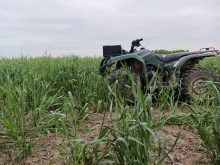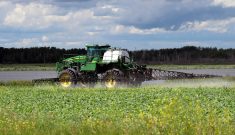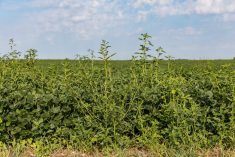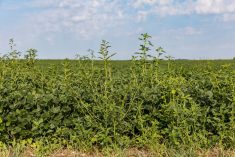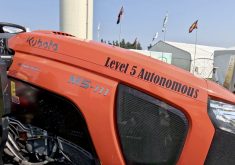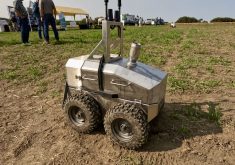The Nexus La Chèvre (Nexus Goat) looks like a Zamboni escaped from a hockey rink, ambling slowly across a field.
But the guts of the machine contain robotic arms and signficant eletronics, not ice-making equipment, and it’s target is weeds not ruts in the ice.
Despite some development challenges, farmers and organizations like the Ontario Agrobotics Working Group continue to work with the Canadian robot as it reaches and pulls weeds, which has advantages over cultivation and laser and tine weeders.
Read Also
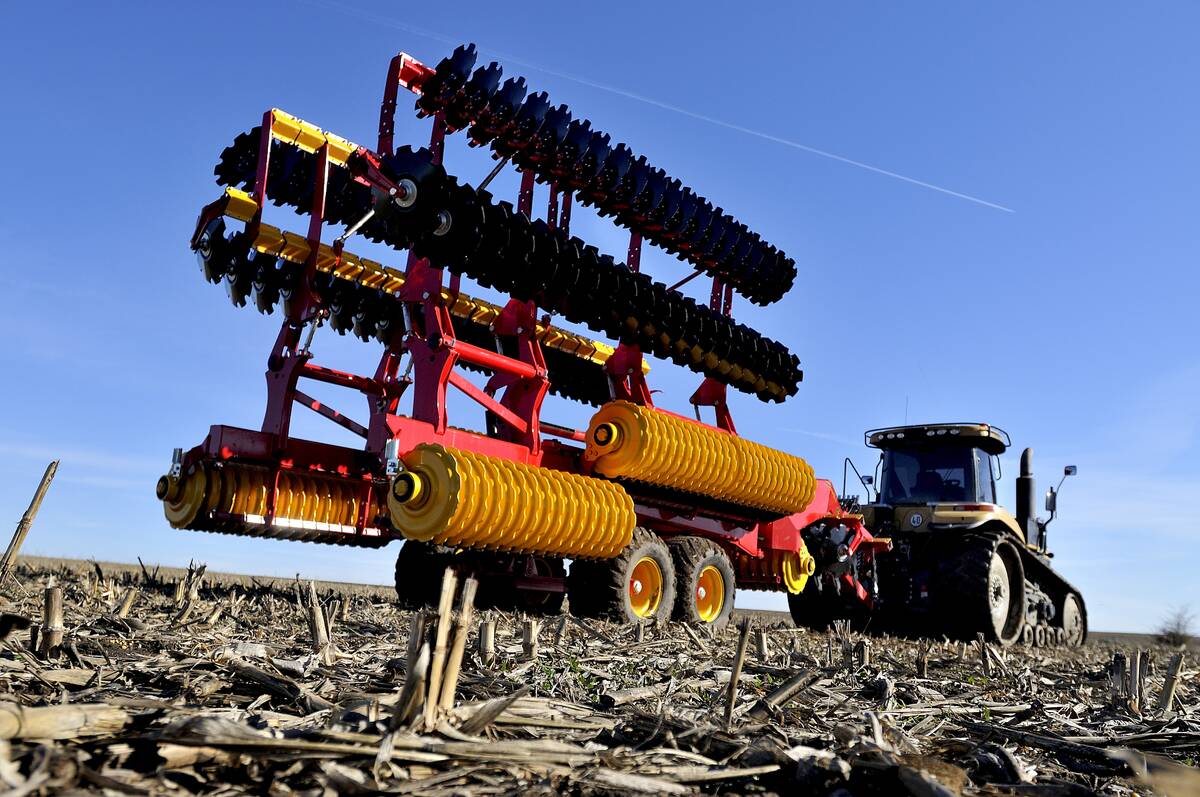
Evolution of European equipment manufacturers runs deep
A look at how Lemken and Väderstad have evolved from their traditional offerings of tillage equipment to include planting and seeding equipment in their lineups.
Why it matters: Automated weeding can reduce labour costs and the use of pesticides, especially in fruits and vegetables.
Chuck Baresich, a founder of Agrobotics Working Group says value in continuing the machine’s development.
“The reason why we keep trying over and over again (with Nexus development) is that it doesn’t disturb the soil as much as cultivation,” Baresich said. “One of the advantages of a pulling style robot (over cultivation) is that it can, theoretically, handle slightly bigger weeds.”
Training such robots in varied areas with different crops and weeds is challenging.
Three of the six machines built by Nexus are in California and run 24 hours a day weeding lettuce. The hybrid robot’s diesel engine charges the electric propulsion system battery, which can run for approximately three days on a single tank of fuel.
“They’re probably averaging about five acres in 24 hours,” Baresich said.
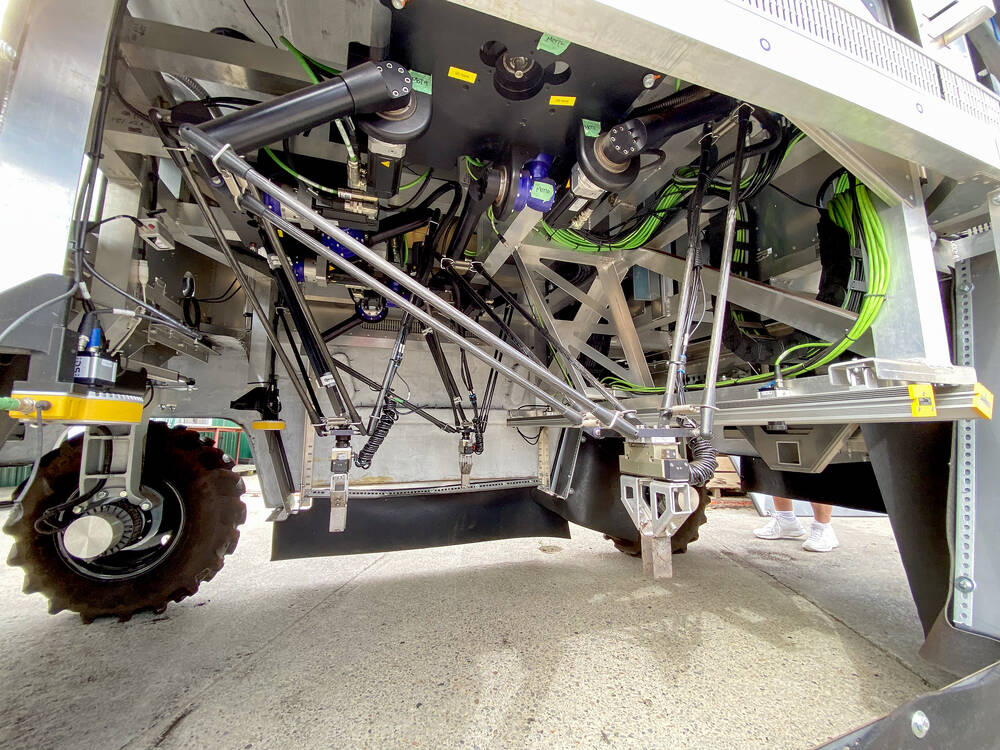
He explained during in-field demos in the Holland Marsh on July 4 that with input from the producer, the robot operator and the camera-based system, the robot is trained to differentiate between a weed and a production plant.
“As it’s going down the field, the cameras will take images of the crop. Then the farmer (running the robot) will instruct the operator (in Montreal),” Baresich said. “Using those algorithms, anything that is not the crop, those mechanical fingers will move down and attempt to pull that out. You can train it to pull specific weeds or pull all the weeds.”
Weeds changing colour or shape, from season to season can stump the camera-based identification algorithms instructing the machine.
“It’s very challenging to run those kinds of modelling,” Baresich explained. “Weeds don’t always look the same, so if you have a model built in 2020, it’s not the same as 2021, (and) not the same as 2022.”
He said the robot is still a prototype, but has shown promise in leafy crop trials, like lettuce and spinach, rather than carrots over the last few years.
Despite being trialed in the spring, the working group pulled Nexus’s in-field demo due to a wiring-related mechanical issue. Baresich said its mechanical development is no different than the tractor 100 years ago; there’s continual push to make electrical connections and the overall machine more robust.
The data gathered by Nexus could be applied to similar acres within a region but not province-wide, country-wide, or on a global scale. However, software evolution could increase that range in the future.
The robot’s robust rotational movement of the delta arm and consistent internal light system ensures swift weed identification, compared to the gantry style used in a 3-D printer.
Baresich explained that Holland Marsh soil encourages the same accelerated growth and root development in weeds as crops, lightly compromising Nexus’s efficacy in fully extricating too-long roots.
Baresich said a weed scouting project is collecting upwards of 61,000 images per 20-acre field to assist in the evolution of the software program that annotates images and labels everything,
“There’s a lot of experimentation,” he said, adding a weed looks different through an overhead camera. “There are software companies out there now that can use algorithms to help the farmers annotate these images and process them faster and faster.”




